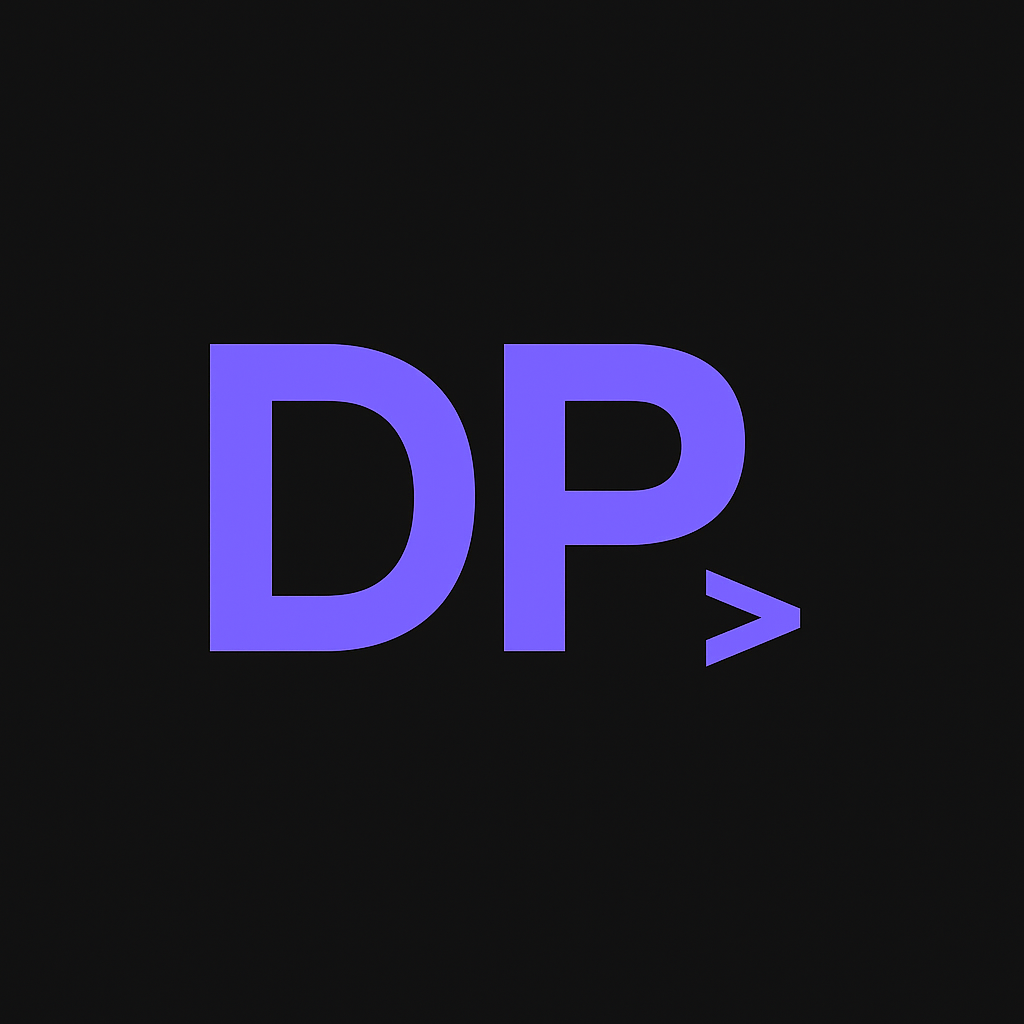Migration Strategy for Developer Portals
Migration Strategy for Developer Portals
Section titled “Migration Strategy for Developer Portals”In today’s rapidly evolving tech landscape, enterprises are increasingly migrating from proprietary documentation platforms to customized open-source solutions. This shift is driven by the need for more control, flexibility, cost-effectiveness, and customization. However, transitioning a developer’s portal from an enterprise documentation platform to an open-source solution poses unique challenges, especially for technical writers involved in the process.
This blog post outlines a practical strategy to guide technical writers through the migration, ensuring that documentation integrity, user experience, and developer efficiency are maintained during and after the transition.
Assessing the Current State of the Documentation Portal
Section titled “Assessing the Current State of the Documentation Portal”Before initiating any migration, it is crucial to thoroughly assess the existing developer’s portal. This assessment will serve as a baseline for understanding the current structure, user experience, and content workflow.
-
Content Inventory: Perform a comprehensive audit of the existing content. Catalog documentation pages, API references, guides, tutorials, and versioning information.
-
Platform Capabilities: Evaluate the existing platform’s features such as search functionality, integration with version control (Git), and content delivery mechanisms (APIs, CDN, etc.).
-
Stakeholder Input: Involve developers, product managers, and users in identifying pain points and improvements they expect from the new open-source platform.
Key Consideration: Determine whether your existing documentation is structured in a way that aligns with the needs of the new platform. This may involve reviewing content organization, information architecture, and metadata.
Choosing the Right Open-Source Platform
Section titled “Choosing the Right Open-Source Platform”Migrating to an open-source solution opens up numerous possibilities, but it also requires careful selection to meet your enterprise’s specific needs. Some popular open-source platforms for developer portals include Docsify, Hugo, Docusaurus, Sphynx, and MkDocs.
Key Factors for Selection:
-
Customization: Does the platform allow you to customize the front-end (UI/UX) to meet your brand guidelines and developer needs?
-
Version Control Integration: Many open-source platforms integrate seamlessly with Git, allowing for smooth documentation updates.
-
Search and SEO Capabilities: Ensure the platform has strong support for search functionality (Algolia, Elasticsearch) and is optimized for search engines.
-
Scalability: Can the platform handle the scale of documentation (in terms of volume and complexity) your team is managing?
-
Community and Support: A thriving community can make a big difference in terms of access to plugins, security updates, and troubleshooting help.
Tip: Start by evaluating smaller projects to test platform suitability before full-scale migration.
Developing a Migration Plan
Section titled “Developing a Migration Plan”With the target platform selected, the next step is to create a structured migration plan.
Content Structuring:
-
Information Architecture: Redesign your documentation structure if needed to fit into the new platform. Consider modular documentation (reusable content blocks) and a topic-based authoring approach.
-
Content Mapping: Map out how existing documentation will translate to the new platform. Identify any gaps or changes needed, such as file formats or folder hierarchies.
Data Migration:
-
Automation Tools: Use migration scripts or tools to automate moving large amounts of content. These tools can help maintain metadata, permalinks, and content relationships.
-
Content Format: Ensure that documentation is in a format compatible with the new platform (e.g., Markdown, reStructuredText). If migrating from a proprietary format (like HTML or XML), use converters to streamline the process.
Testing and Iteration:
-
Run a Pilot: Migrate a small subset of the documentation first to ensure everything works as expected before the full migration.
-
QA Testing: Conduct thorough testing for broken links, search functionality, and overall user experience after the migration.
-
Version Control: Ensure version history is retained and properly integrated into the new system.
Handling Front-End Customization
Section titled “Handling Front-End Customization”While the open-source platform offers flexibility, it will likely require custom development work to fit your specific branding and UI requirements.
-
Custom Themes and Styling: Implement a custom theme to align with your company’s brand guidelines. If you have in-house front-end developers, collaborate with them to build a seamless user experience.
-
Plugin Integration: Take advantage of community-built plugins (e.g., authentication mechanisms, API explorers) to enhance the portal’s functionality.
-
Mobile and Accessibility: Ensure the new portal is mobile-friendly and compliant with accessibility standards (WCAG).
Ensuring a Smooth Transition for Users
Section titled “Ensuring a Smooth Transition for Users”User adoption is crucial for the success of your new developer portal. Ensure that the transition is as seamless as possible for end users.
- Redirects: Set up 301 redirects from old URLs to their new counterparts to avoid breaking links and losing SEO rankings.
- Training and Documentation: Create tutorials and FAQs to help developers and users navigate the new portal.
- Feedback Loops: Encourage users to provide feedback and act on it. Set up clear channels to capture this feedback, such as in-portal forms or email support.
Post-Migration Maintenance and Optimization
Section titled “Post-Migration Maintenance and Optimization”Once the migration is complete, it’s essential to implement processes to maintain and optimize the portal continuously.
-
Regular Updates: Set up a content maintenance plan to ensure the documentation stays up-to-date. Version control integration can help manage updates across multiple documentation branches.
-
Performance Monitoring: Use analytics to track portal performance and user engagement (e.g., page load times, search success rates).
-
Community Contributions: Consider opening the portal to community contributions by enabling developer-authored content using Git-based workflows.
Conclusion
Section titled “Conclusion”Migrating a developer’s portal from an enterprise documentation platform to an open-source solution is a significant but rewarding endeavor. It allows for greater customization, better control over content, and a more flexible documentation experience. By following a structured migration strategy, technical writers can ensure that the process is smooth, scalable, and beneficial for both developers and users.
This strategy not only focuses on the technical aspects of migration but also ensures that content quality, usability, and user experience are maintained throughout.
